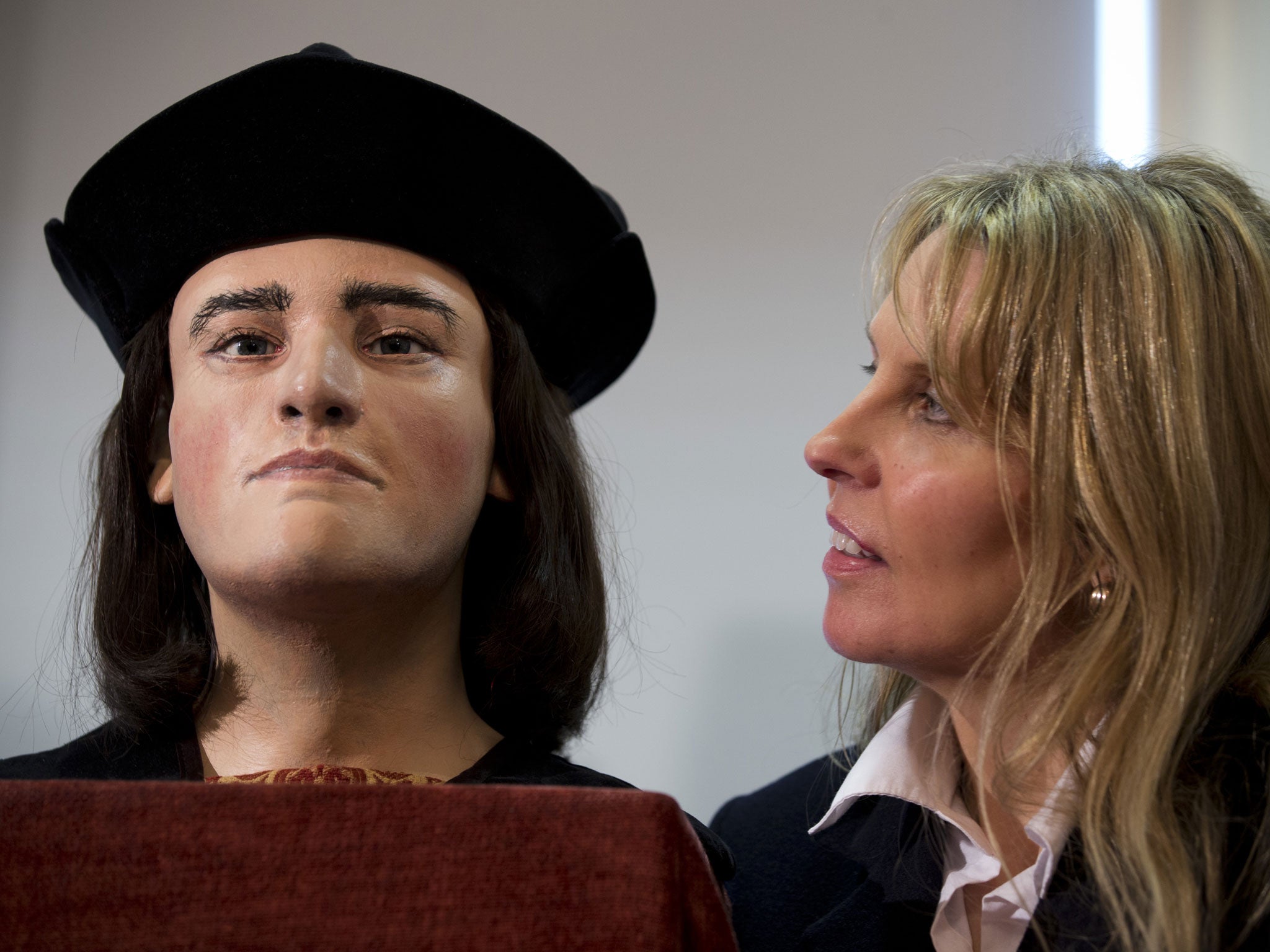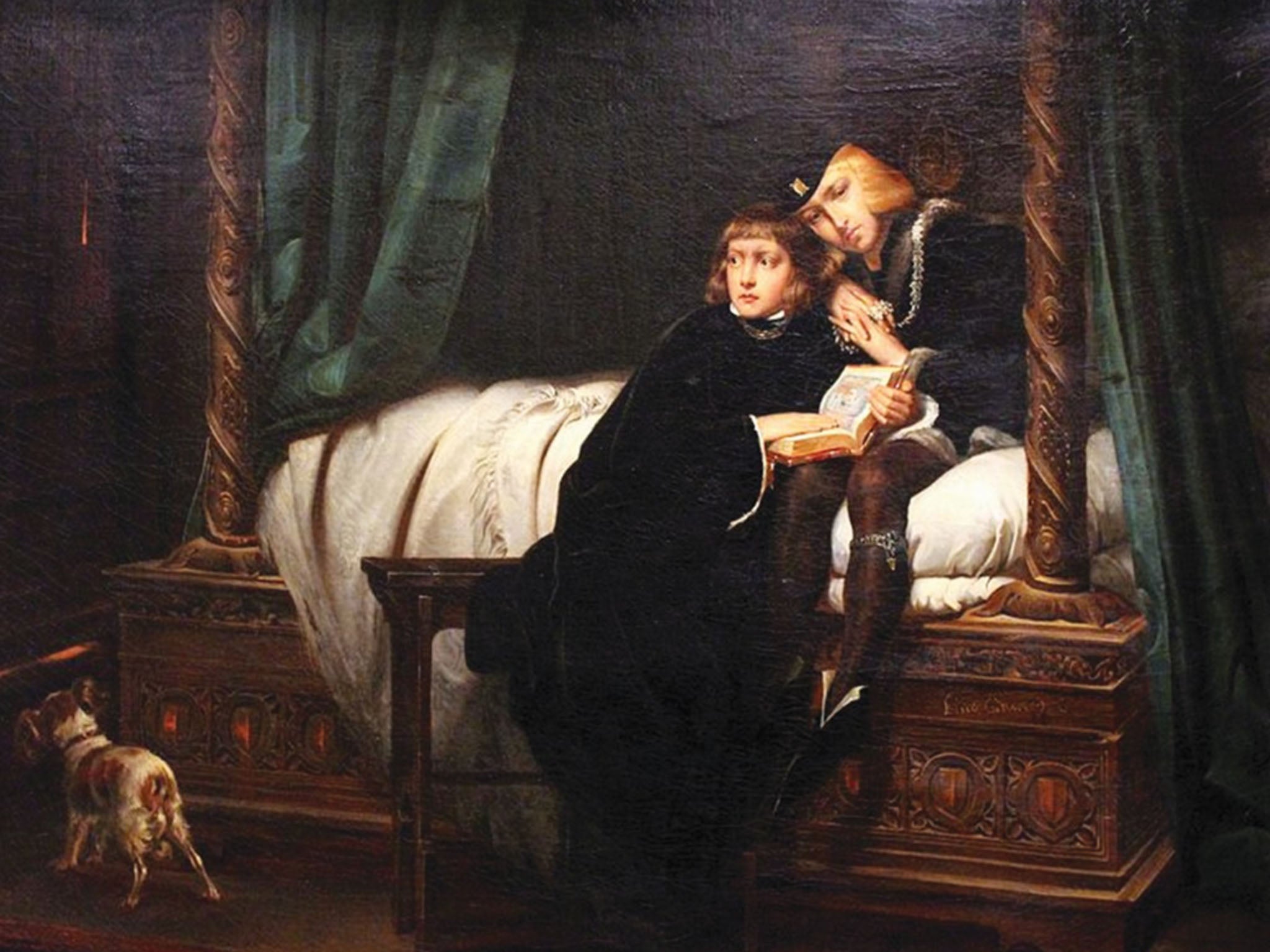ARTICLE AD BOX
A historian claims to have proof that the Princes in the Tower of London were not murdered by their uncle Richard III.
Most historians believe Richard killed his nephews in the summer of 1483 after their father, Edward IV, died unexpectedly, despite a lack of hard evidence linking him to the murders.
The boys, Edward V and Richard of Shrewsbury, Duke of York, were 12 and nine respectively when their father died. They were taken one by one to the Tower of London in expectation of Edward V’s coronation, but never emerged.
Philippa Langley, the historian and screenwriter who played a key role in uncovering Richard III’s remains in a Leicester car park, has spent the last ten years investigating the case.
Ms Langley teamed up with professional cold case investigators, some of whom work with the police on unsolved murder to join her Missing Princes Project.

Uncovering a treasure trove of never-before-seen documents and letters she believes she has built a strong enough case for the boys’ survival from the Tower of London.
The conventional narrative has always been Richard III’s loyal servant, Sir James Tyrell, was the boys’ killer, after a confession, obtained under torture, before his execution for treason in 1502. Ms Langley argues that for it to have been worthwhile for Richard to kill the princes, he had to display their bodies, “otherwise he did it for no reason”, putting himself in jeopardy.
Following the death of King Richard at the battle of Bosworth on 22 August 1485, Henry VII became King but Ms Langley said the Princes rose again and challenged him for the throne.
She said: “But Henry attempted to cast the Yorkist Princes as impostors by giving them false names and reverse-engineering their stories: Edward V became a 10 year-old boy called ‘Lambert Simnel’, the son of a joiner, tailor, barber, baker, organ-maker or shoemaker, and Richard, Duke of York became ‘Perkin Warbeck’ the son of a French boatman.”
The documents she uncovered include letters supporting a rebellion by “Edward IV’s son” in 1487, the year of Simnel’s uprising - which ended in him being crowned in Ireland. They also found fresh references to a boy said to be “a son of King Edward”.
On Richard, three items signed with his seal have emerged in Europe, as well as letters allegedly written by him to James IV of Scotland and even a document from the Pope.
A biography of his life as an escaped prince also emerged but the author remains a mystery.
Simnel and Warbeck ultimately confessed to being impostors, but Ms Langley and her team of researchers insist these were false confessions extracted by Henry VII to discredit the challengers.
Asked by The Times if this amounted to proof, she said: “Had we supplied this amount of evidence in this book to say Richard III had murdered the Princes in the Tower, would you be asking me that question?”
“I would say that they now have to prove that Richard III murdered the Princes in the Tower.”

Officially, the princes’ remains were found in 1674, when workmen at the Tower dug up a wooden box containing two skeletons. Four years later, the bones were placed in an urn and interred in Westminster Abbey on the orders of King Charles II.
The suspects
Richard III
The prime suspect, escorted Edward V to the Tower of London where he was last seen.
Motive – insecure hold on the Monarchy due to the way he obtained the crown, faced rebellions from the Yorkists loyal to Edward IV prior to Parliament conforming his title to the throne in January 1484.
Evidence – circumstantial. Ms Langley argues that it would have better served Richard III to display the dead bodies in public to prevent pretenders to the throne coming forward.
Henry VII (Henry Tudor)
Richard III’s rival who defeated his forces at the Battle of Bosworth.
Motive – executed rival claimants to the throne following his coronation.
Evidence – Henry Tudor was out of the country at the time of the princes’ disappearance and so could only have murdered them post-accession. Historians have called the theory the only plausible alternative to Richard III’s being the killer.
Henry Stafford
2nd Duke of Buckingham, kingmaker and breaker: played a major role in the rise and fall of Richard III.
Motive – held a claim to the throne through the House of Beaufort family.
Evidence – a manuscript found in the early 1980s in the College of Arms collection states that the princes were murdered “be [by] the vise” of the Duke of Buckingham. There is some argument over whether “vise” means “advice” or “devise”.
Sir James Tyrell
English knight, loyal servant to Richard III.
Motive – following the orders of his King.
Evidence – said to have confessed under torture to the murder of the princes before his execution for treason in 1502, according to Sir Thomas More’s The History of King Richard III. The original document containing his confession was never produced. Shakespeare portrayed Tyrell as the murderer in his play Richard III.



-Secretary-Robert-F--Kennedy-Jr--and-Secretary-of-Education-Lind.jpeg?width=1200&height=800&crop=1200:800)





 English (US) ·
English (US) ·